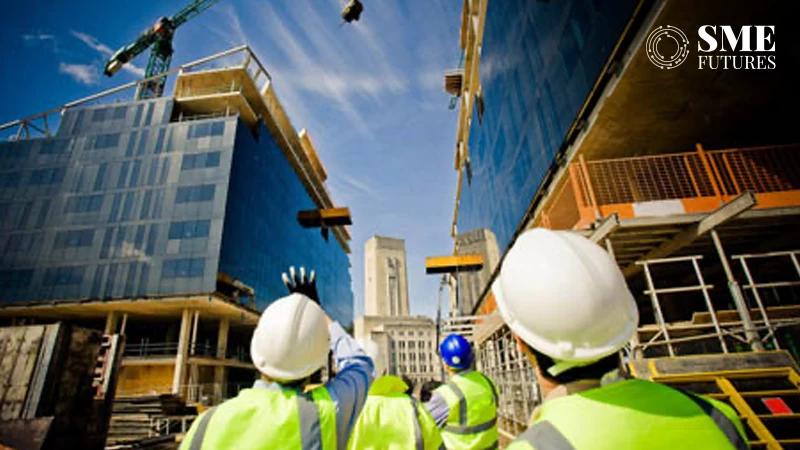Average cost of real estate construction in India is estimated to have risen up to 11 per cent in the last one year, mainly due to a significant surge in labour costs coupled with a moderate price increase in construction materials like sand, brick, glass and wood, a report revealed. The cumulative effect of rise in the prices of four key construction materials including cement, steel, copper and aluminum have been relatively low.
In fact, average cement prices have seen a steep decline of 15 per cent, while average steel prices have witnessed a marginal 1 per cent decrease over the last 12 months, according to a Colliers report.
“With labour accounting for more than one-fourth of overall construction cost, a 25 per cent annual rise in labour costs has stretched construction budgets and impacted operational expenses,” said Badal Yagnik, Chief Executive Officer, Colliers India.
Moreover, the need for skilled labour and the associated costs for training, safety and regulatory compliance further adds to spiralling labour costs, Yagnik added.
The cost of construction in the residential segment saw an estimated 11 per cent annual increase.
Interestingly, increasing built quality consciousness and the growing demand for amenity rich gated communities have persuaded residential developers to upscale their real estate offerings in general and, thus led to higher cost of construction cost in the residential segment.
Despite rising construction cost across real estate segments, the commercial and industrial and warehousing segments have witnessed robust new supply during 2024, said Vimal Nadar, Senior Director and Head of Research, Colliers India.
For instance, the Indian office market saw 37 million square feet of new completions in the first nine months of 2024, while the industrial and warehousing segment saw about 22 million square feet of new supply.
To navigate the steady rise in overall construction cost and associated challenges, developers are optimising cost by reassessing budgets.
“They are also looking at improving supply chain management by diversifying suppliers and opting for localised sourcing of key construction materials,” the report mentioned.











